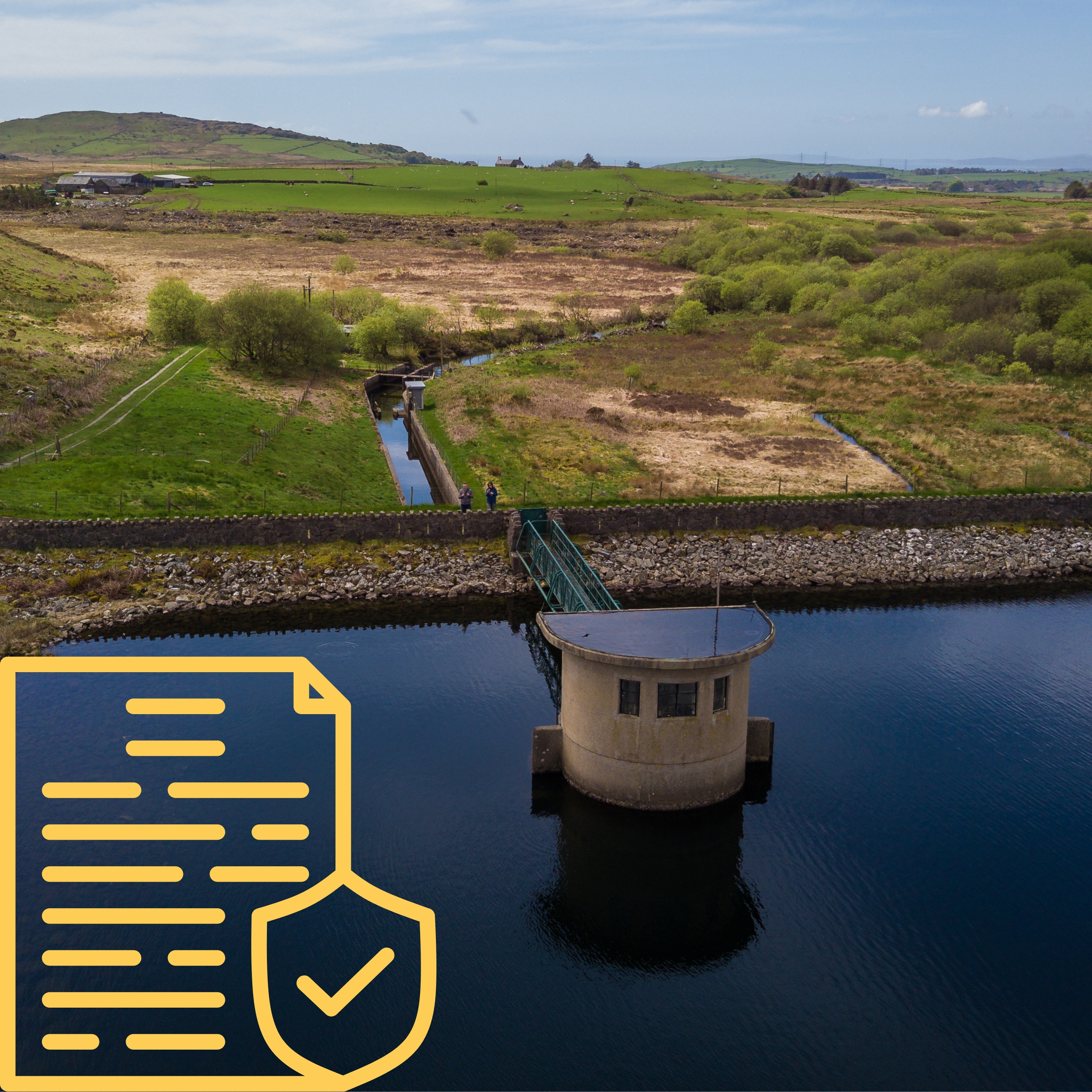Strengthening Reservoir Safety: The Critical Role of VAMP in Modernising Valve Maintenance and Compliance
 An updated road map for new legislation relating to reservoir safety has recently been released which creates a sense of urgency for the need for services such as VAMP. Many people either don’t know about it or aren’t thinking about it yet.
An updated road map for new legislation relating to reservoir safety has recently been released which creates a sense of urgency for the need for services such as VAMP. Many people either don’t know about it or aren’t thinking about it yet.
Overview
Reservoir safety involves ensuring that these critical assets, including their dams and embankments, remain structurally sound. In England, approximately 2.2 million people are at risk from potential dam failures which could lead to catastrophic flooding and endanger lives. Despite a strong safety record, evolving challenges and risks necessitate the continual strengthening and modernisation of safety procedures to protect the public.
This update concerns the joint reservoir safety reform program being implemented by the Department for Environment Food and Rural Affairs (Defra) and the Environment Agency (EA).
Transparency and Feedback
Throughout the reform program, Defra and the EA will keep stakeholders informed and will seek detailed feedback and conduct consultations on specific reform areas. This update not only outlines the programme but also seeks input on effective engagement methods.
Recommendations
In a written ministerial statement in July 2022, the government accepted recommendations from Professor David Balmforth’s reservoir review: part B. The review assessed the effectiveness and robustness of reservoir regulation in ensuring ongoing safety recommending a reform program that includes:
- A better and more proportionate risk-based approach
- Improved safety practices
- Strengthened roles and responsibilities for owners, engineers, and the regulator
- Modernization of the legal framework
Gradual Implementation and Reform
The reform programme will be implemented gradually over several years, incorporating the recommendations through a combination of guidance, secondary legislation, and potentially new primary legislation to modernise the Reservoirs Act 1975 if parliamentary time permits. Not all recommendations will be implemented simultaneously as the program will proceed in phases.
Why Has It Come About?
- The Toddbrook Incident: The government has accepted all recommendations from the legislative review aiming to ensure that the safety regime remains robust and future-proof.
- Climate Change: Increasingly extreme weather patterns with both drier and wetter periods are putting additional stress on reservoir infrastructure and heightening the demand for reservoirs and water resources.
- Modernisation: Many reservoir safety requirements introduced in 1975 have not been updated to align with modern safety management practices in other sectors.
- Reservoir Engineers: While there are currently enough engineers, future demand is rising and there is a shortage of new engineers entering water and flood management. The Institution of Civil Engineers (ICE) has provided recommendations to address this issue.
A Timely Arrival
Section 4.1 of the Paper reads as follows – “The aim is to develop and introduce a new hazard classification for reservoir safety. The purpose of this is to support a modern safety regime for reservoir safety in England.”
Proactive Approach
Features of this will include a continuous safety improvement culture where risks are managed on an ‘as low as reasonably practicable’ (ALARP) basis at all times. The new classification will replace the current ‘high risk’ or ‘not high-risk’ classification in the Reservoirs Act 1975. This will enable a better risk-based and proportionate approach to regulation of reservoirs for public safety.
How VAMP Fits In
Blackhall Engineering has developed VAMP, an innovative asset management programme to tackle the traditional challenges of valve maintenance. VAMP leverages electronic tagging to allow for comprehensive data storage and easy access. This transformation of valve management into a digital efficient process is enhanced by features such as a personalised dashboard, real-time access to valve history and maintenance records, and an early warning system. These capabilities are designed to mitigate costly breakdowns and extend the lifespan of essential water management assets.
Conclusion
It appears that as part of the process of implementing the Policy Paper, VAMP could and should form an integral part of ensuring that the valves that control the flow in our water network system continue to function – day in and day out.
Get in Touch
If you want or possibly need to find out more, contact Blackhall today.